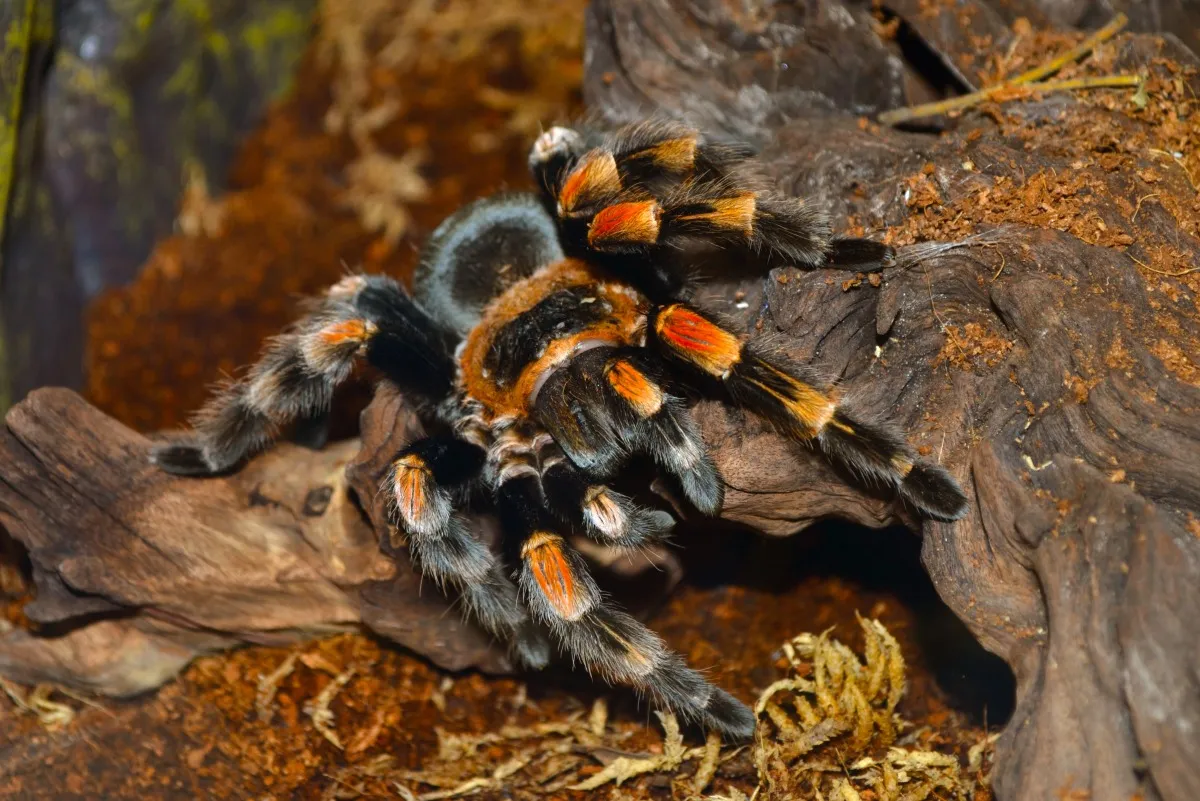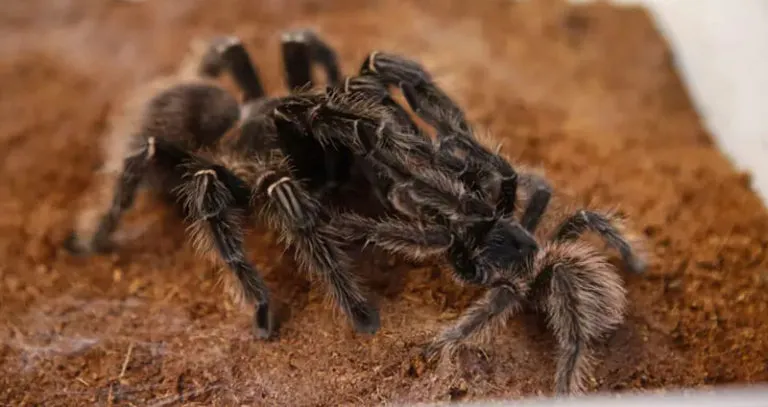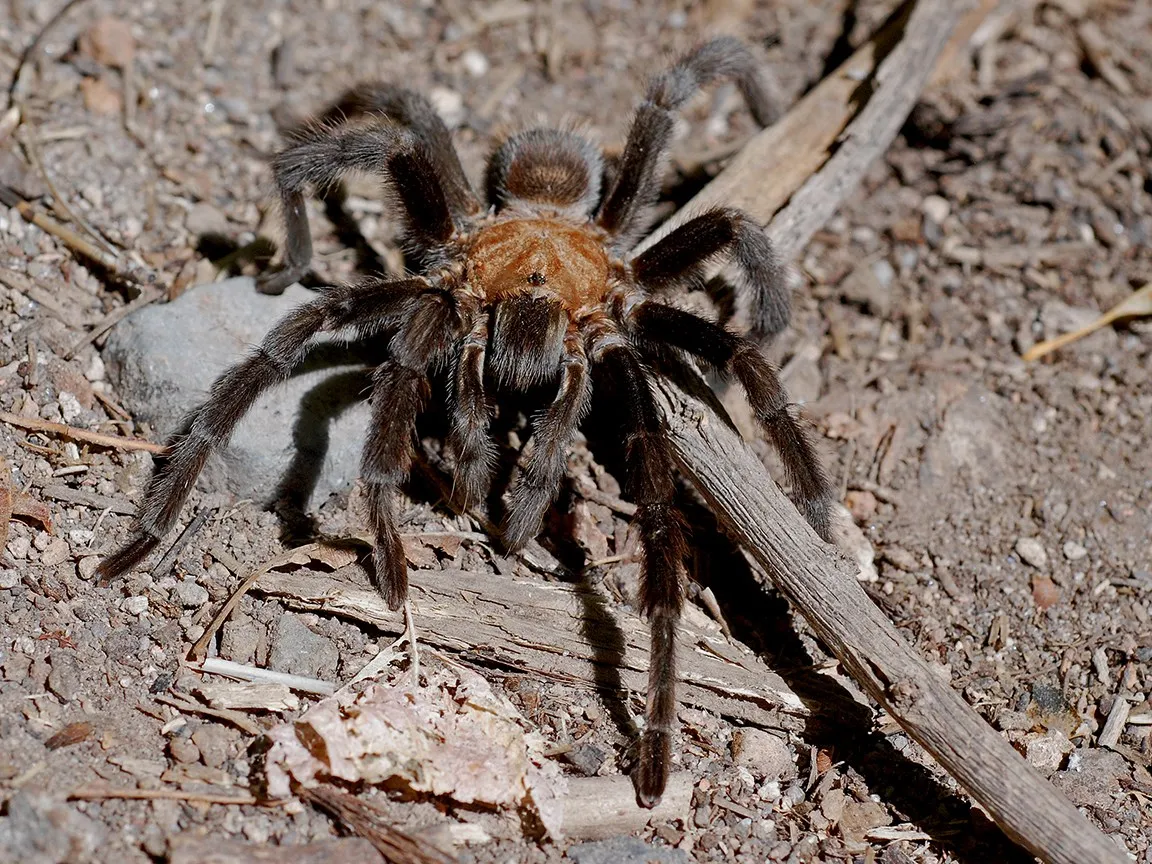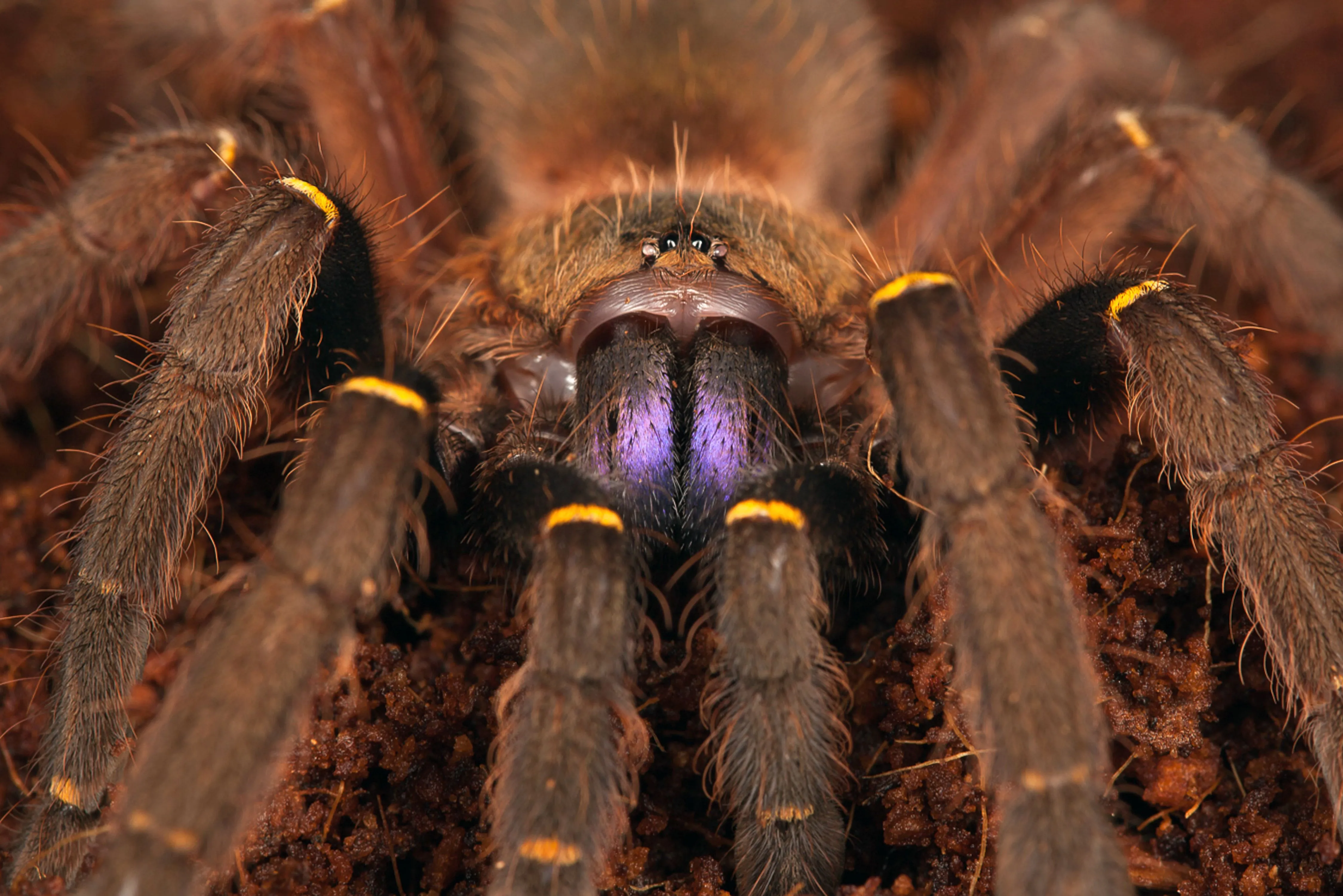Tarantula Facts Top 7
Tarantulas, with their imposing size and captivating presence, have become increasingly popular as pets. But beyond their striking appearance, these fascinating creatures hold a wealth of intriguing facts. This article unveils the top 7 facts about tarantulas, delving into their lifespan, behaviors, and care requirements. Whether you’re a seasoned arachnid enthusiast or a curious beginner, this guide will provide a comprehensive overview of these incredible animals. Prepare to be amazed by the hidden world of tarantulas and discover what makes them so unique.
Tarantula Lifespan
One of the most surprising facts about tarantulas is their longevity. Unlike many other pets, tarantulas can live for a remarkably long time, with some species living for several decades. The average lifespan varies depending on the species and sex of the tarantula. Female tarantulas generally live significantly longer than males. This longevity is a key factor to consider before acquiring a tarantula as a pet, as it represents a considerable commitment. Proper care and a suitable environment are crucial for maximizing a tarantula’s lifespan, allowing you to enjoy their company for many years.
Factors Affecting Lifespan

Several factors influence a tarantula’s lifespan. Genetics play a significant role, with some species naturally predisposed to longer lives. Diet is another critical factor; a balanced and nutritious diet contributes to overall health and longevity. The environment, including temperature, humidity, and enclosure size, also affects lifespan, as unsuitable conditions can lead to stress and health problems. Regular health checks and preventative care are also important. Avoiding stressful situations, such as frequent handling, can help extend a tarantula’s life. Providing appropriate care, based on the specific needs of the species, is the best way to ensure a long and healthy life for your tarantula.
Male vs Female Tarantulas
A key difference between male and female tarantulas is their lifespan. Generally, female tarantulas live much longer than males. This difference is largely attributed to the reproductive cycle. Female tarantulas can live for 20-30 years, and sometimes even longer, while males typically live for only 5-10 years. The male’s shorter lifespan is due in part to the stresses of mating and their reduced activity levels after reaching maturity. The sexual dimorphism extends beyond lifespan, including physical differences such as size and the presence of mating hooks on the male’s front legs. When considering a tarantula as a pet, the potential longevity of a female tarantula is an important factor to consider.
Molting and Growth
Tarantulas grow by molting, a process where they shed their exoskeleton to accommodate their increasing size. Molting is a vulnerable time for the tarantula, as their new exoskeleton is soft and fragile. The frequency of molting decreases as the tarantula matures. Young tarantulas molt more often, sometimes every few months, while older tarantulas may molt only once a year or less. During molting, tarantulas often exhibit behavioral changes, such as loss of appetite and hiding. It is crucial not to disturb a tarantula during molting. The molting process allows tarantulas to not only grow but also to regenerate lost limbs and parasites.
Common Tarantula Species and Lifespans

Different tarantula species have varying lifespans. Some popular pet tarantula species, like the Chilean rose tarantula, have a lifespan of around 10-20 years for females. The larger species, such as the Goliath birdeater, can live for 15-25 years. The lifespan also can be affected by care, diet, and genetics. Researching the specific lifespan of a species before acquiring a tarantula is very important. Knowing the typical lifespan of a species can help you prepare for long-term care and understand the commitment involved. The lifespan of a tarantula is a defining characteristic of its species and plays a major role in the experience of owning one.
Nutrition and Diet
A balanced diet is essential for a long and healthy tarantula lifespan. Tarantulas are primarily insectivores, meaning they eat insects. The most common food source for pet tarantulas is crickets, but other options include mealworms, roaches, and even small vertebrates for larger species. The size and frequency of feeding depend on the tarantula’s size and age. It’s important to vary the diet to provide essential nutrients. Always remove uneaten food, as it can attract pests. Offering fresh water is also critical for hydration and health. Providing the right diet will help ensure your tarantula lives a full and healthy life, maximizing the enjoyment of your pet.
Habitat and Environment
Creating a suitable habitat is crucial for a tarantula’s health and longevity. The enclosure should be appropriately sized for the tarantula’s species and size, with enough space for movement and exploration. Substrate, such as coconut fiber or peat moss, should be provided to help maintain humidity. The enclosure must be kept at the correct temperature and humidity levels for the specific species. Providing hiding places, such as cork bark or artificial plants, can help your tarantula feel secure. A well-maintained habitat will help minimize stress and support the overall well-being of your tarantula, contributing to a longer lifespan.
Health and Disease

Tarantulas, like all animals, can be susceptible to health problems. Some common issues include fungal infections, parasites, and injuries. Regular observation of your tarantula is important for detecting any signs of illness, such as changes in behavior, loss of appetite, or unusual physical symptoms. Maintaining a clean and appropriate environment is essential to prevent illness. If you suspect your tarantula is sick, consult a veterinarian experienced in exotic animals or a tarantula specialist. Early detection and treatment are key to ensuring a positive outcome and extending your tarantula’s lifespan. Preventative care and vigilance will help maintain your tarantula’s health.
Conclusion
Tarantulas are fascinating creatures with a lot to offer. They have a unique lifespan and distinct needs. By understanding the basic facts about tarantulas, including their lifespan, care requirements, and potential health issues, you can provide them with a good life. These amazing creatures, with their varying species and sizes, make a wonderful addition to any home. With the right care and attention, your tarantula can provide you with years of enjoyment, making a rewarding and exciting pet.
